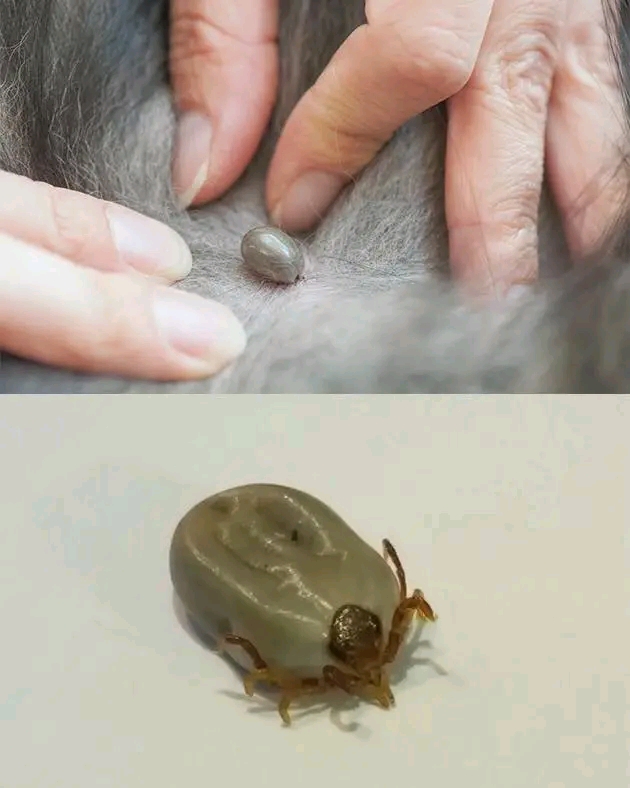FLEAS AND TICKS IN PETS
Fleas and ticks are common external parasites that can infest pets, causing discomfort, irritation, and potentially transmitting diseases. Understanding these pests, their effects on pets, and how to manage them is crucial for maintaining the health and well-being of our furry companions.
Fleas:Identification:Fleas are small, wingless insects that feed on the blood of mammals and birds. They are typically brown or reddish-brown in color and have flattened bodies, which allow them to move quickly through the fur of animals.
Lifecycle:Fleas have a complex life cycle comprising egg, larval, pupal, and adult stages. Eggs are laid on the host (pet) but quickly fall off into the environment (e.g., bedding, carpet), where they develop into larvae and then pupae before emerging as adults.
Effects on Pets: Flea bites cause itching and discomfort in pets. Some animals may develop an allergic reaction known as flea allergy dermatitis (FAD), characterized by intense itching, redness, and hair loss. Severe flea infestations can lead to anemia, especially in young or small animals.
Prevention and Treatment:Regular use of flea preventatives (topical, oral, or collars) is key to controlling fleas on pets. Treating the environment (e.g., vacuuming, using flea sprays) is also important to target fleas in various life stages. Consultation with a veterinarian is essential for selecting safe and effective flea control products.

Ticks:Identification: Ticks are arachnids related to spiders, mites, and scorpions. They have a broader, rounded body shape compared to fleas and can vary in size depending on their stage of development and species.
Lifecycle:Ticks also have multiple life stages including egg, larva, nymph, and adult. Ticks require a blood meal at each stage to grow and develop. They typically wait on tall grass or bushes and attach to passing animals (including pets) to feed.
Effects on Pets:Tick bites can cause irritation, inflammation, and secondary infections at the site of attachment. Ticks are also vectors for various diseases such as Lyme disease, ehrlichiosis, and Rocky Mountain spotted fever, which can be transmitted to pets through their bites.
Prevention and Treatment:Preventative measures for ticks include topical treatments, oral medications, and tick collars that repel or kill ticks before they can attach and feed. Regular grooming and inspection of pets after outdoor activities can help detect and remove ticks promptly. Vaccination against certain tick-borne diseases may also be recommended based on geographical location and risk factors.
General Tips for Flea and Tick Control:Regular Vet Visits: Schedule regular veterinary check-ups to discuss parasite control and ensure your pet’s overall health.
FLEAS AND TICKS IN PETS
-Year-Round Prevention: Maintain year-round flea and tick prevention, especially in warmer climates where these pests thrive.
Environmental Control: Clean and vacuum pet areas regularly, wash bedding, and treat outdoor areas to reduce flea and tick populations.
Early Detection: Check pets for signs of fleas and ticks regularly, especially after outdoor activities. Prompt removal of ticks reduces the risk of disease transmission.
In summary, fleas and ticks pose significant health risks to pets and can also affect human health indirectly. Implementing a comprehensive prevention and control strategy
which includes both pet treatment and environmental management, is essential for minimizing the impact of these parasites on our beloved animals. Always seek advice from a veterinarian for personalized recommendations and treatment options tailored to your pet’s specific needs.
FLEAS AND TICKS IN PETS